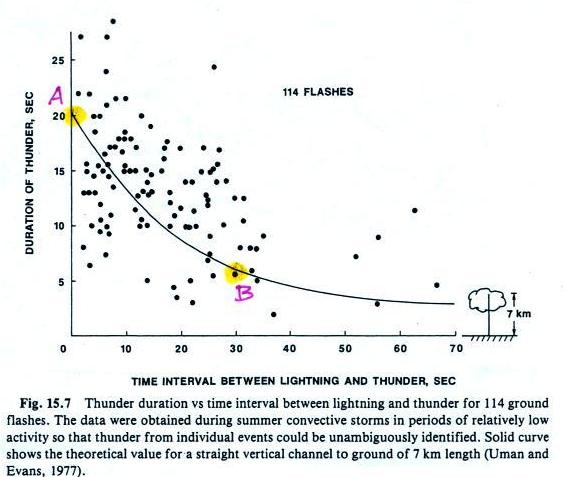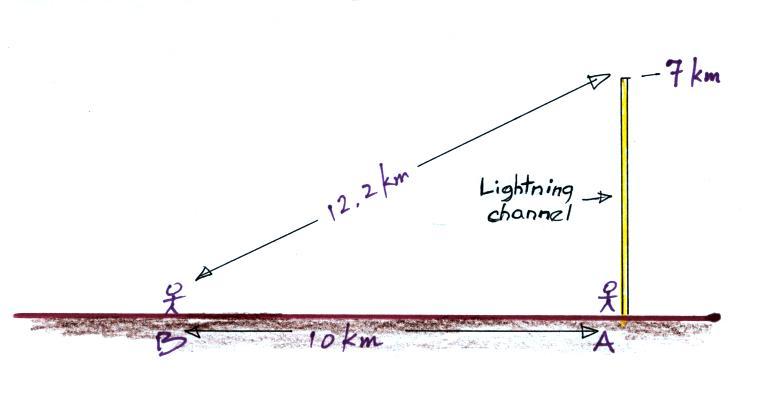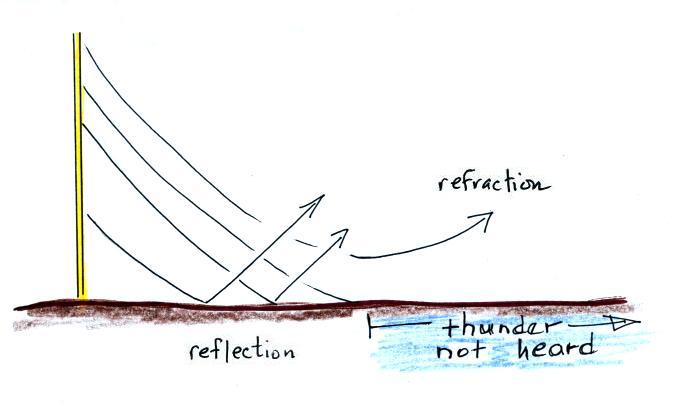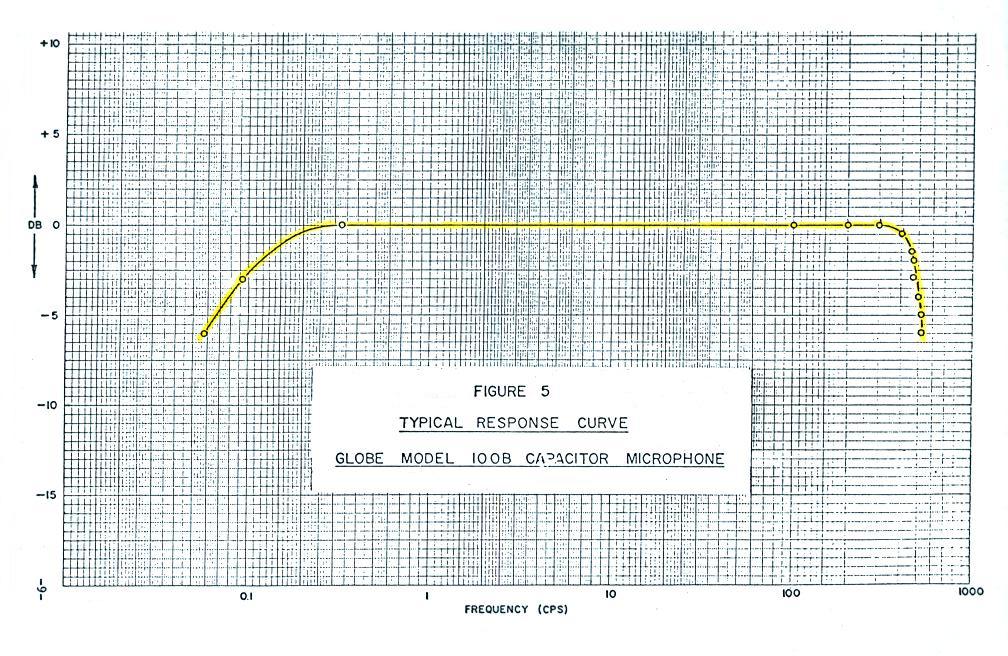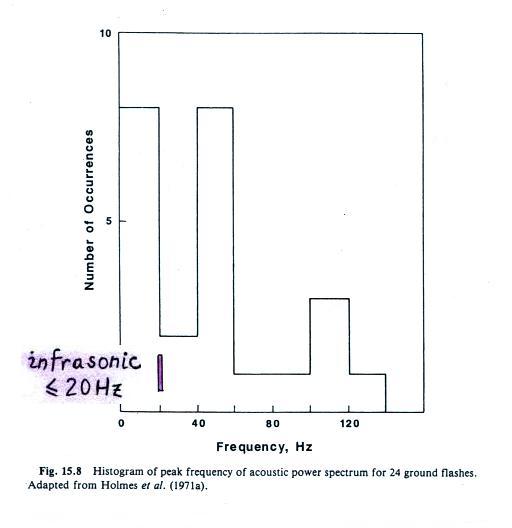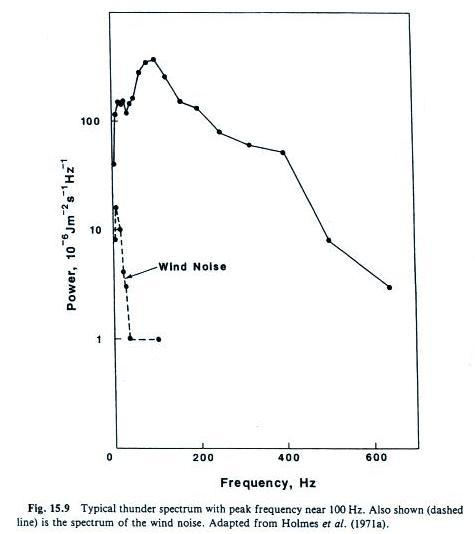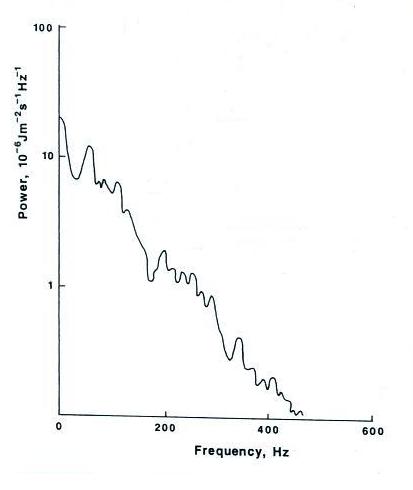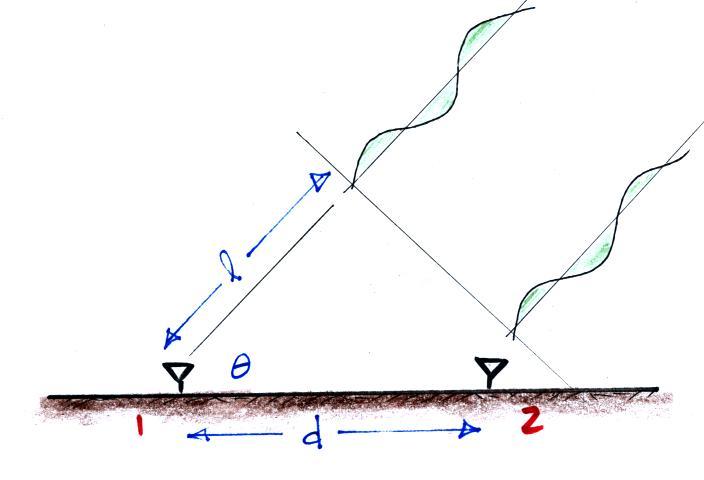



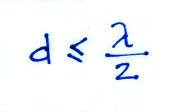
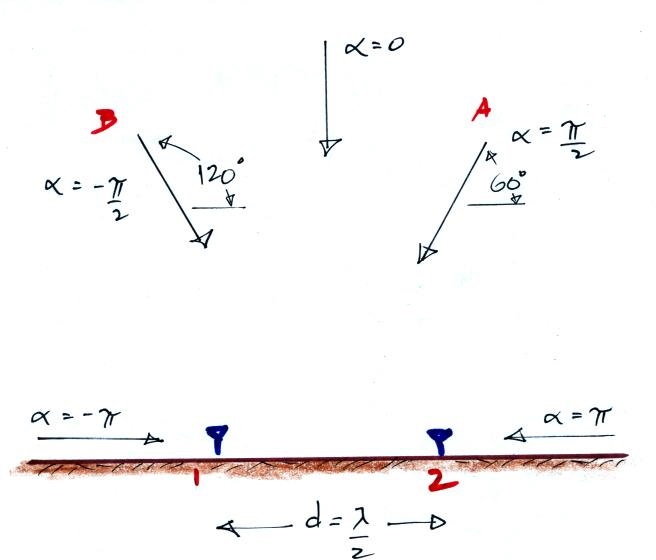
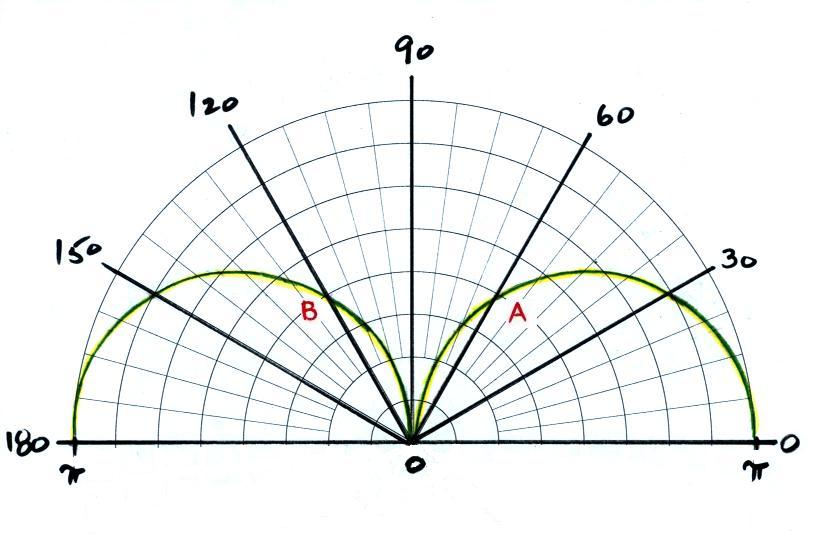
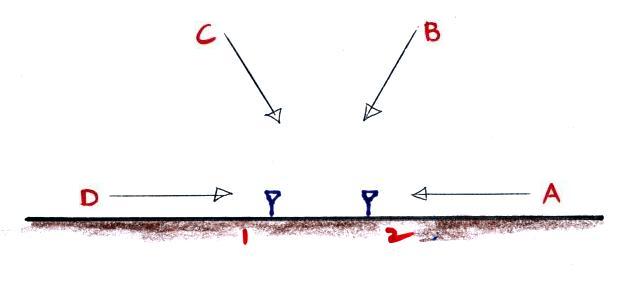
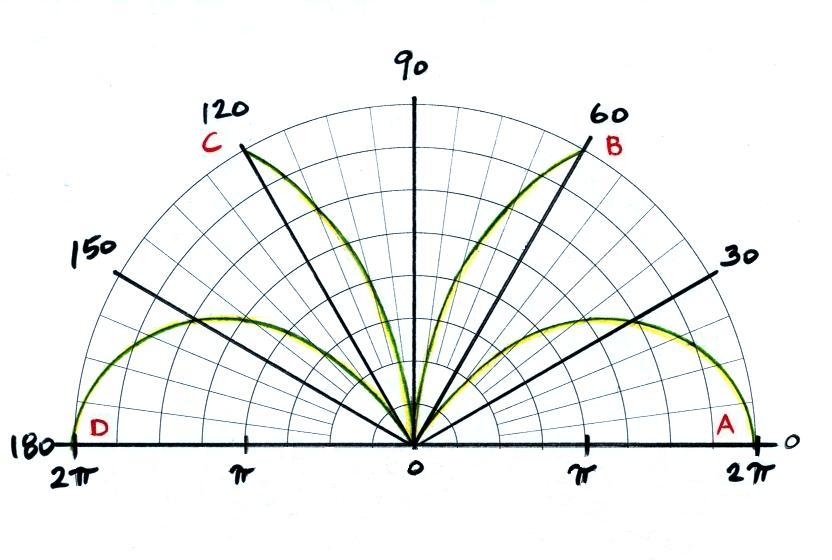

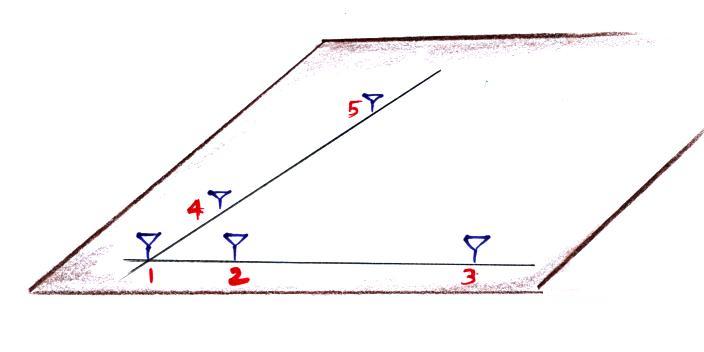
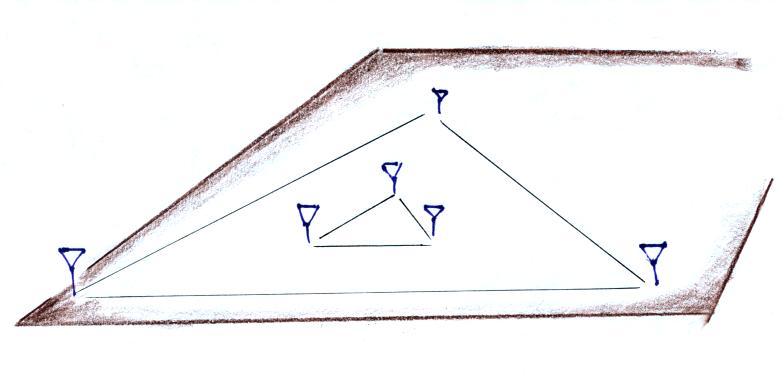
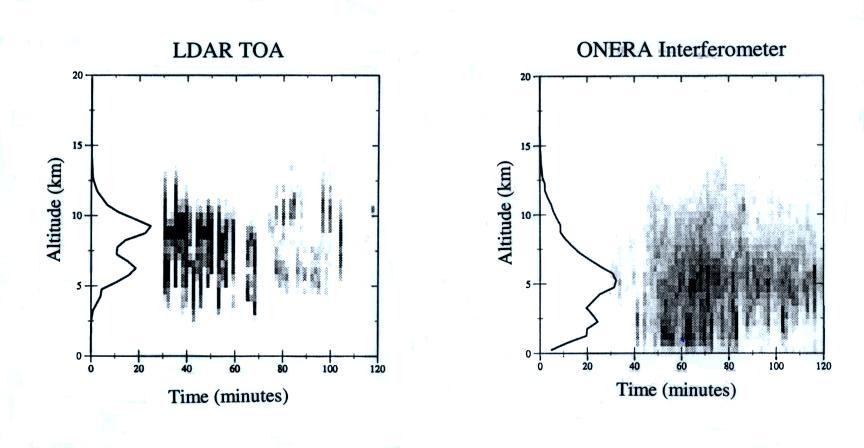
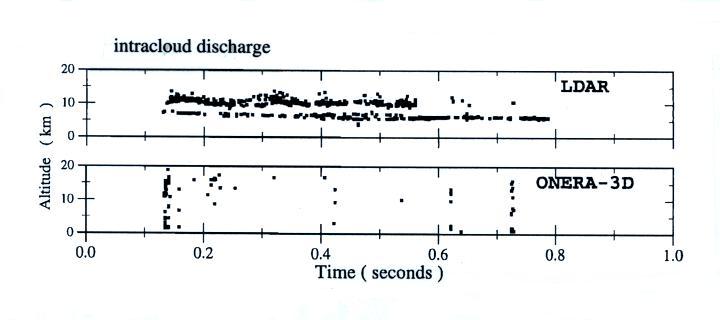
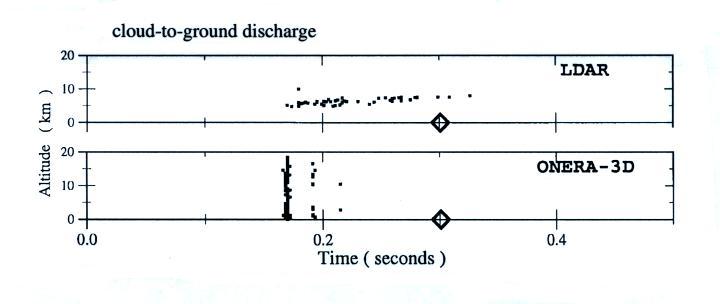
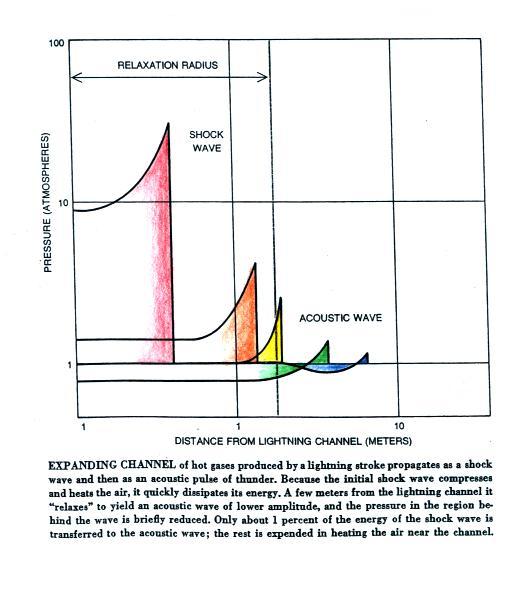
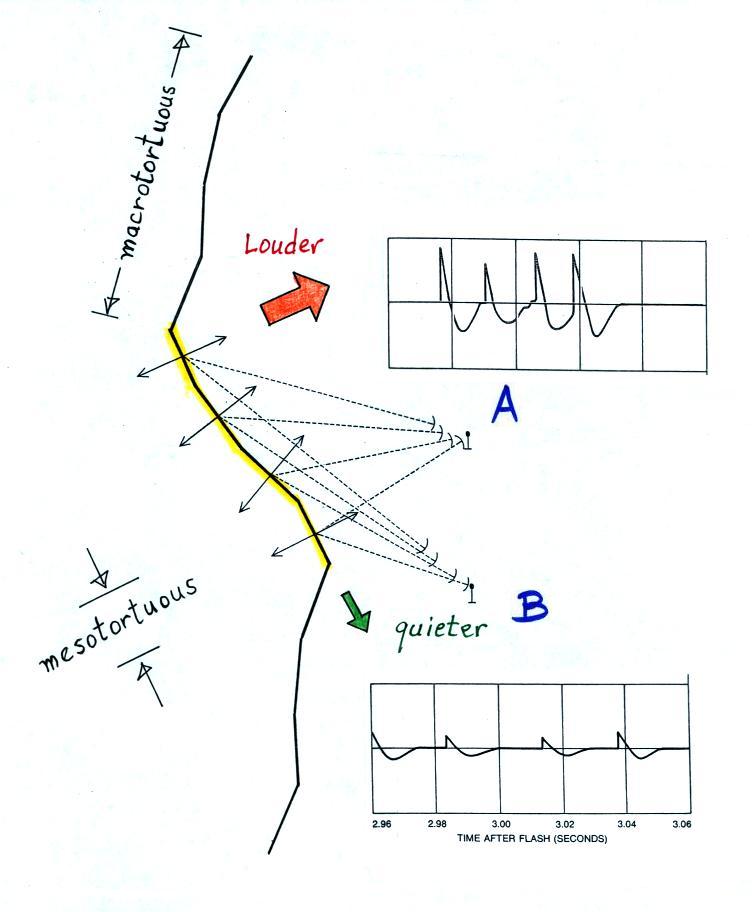
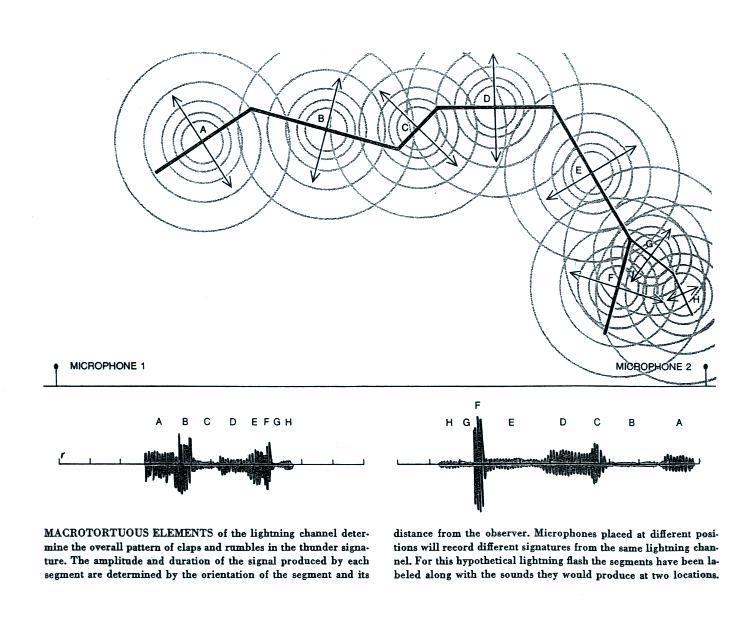
| Intensity |
comments |
exposure time limit |
| 140 |
deck of an aircraft
carrier |
|
| 130 |
jet plane at 100 feet sound intensity above this level can cause immediate ear damage |
|
| 120 |
thunder, chain saw |
|
| 110 |
car horn at 1 meter |
1 min |
| 100 |
lawn mower, jack hammer |
15 min |
| 95 |
1 hour |
|
| 90 |
sounds above this level
regularly cause hearing damage |
2 hours |
| 80 |
garbage disposal,
dishwasher, electric shaver, alarm clock |
|
| 70 |
radio or TV audio |
|
| 60 |
normal conversation |
|
| 0 dB |
threshold of hearing |
